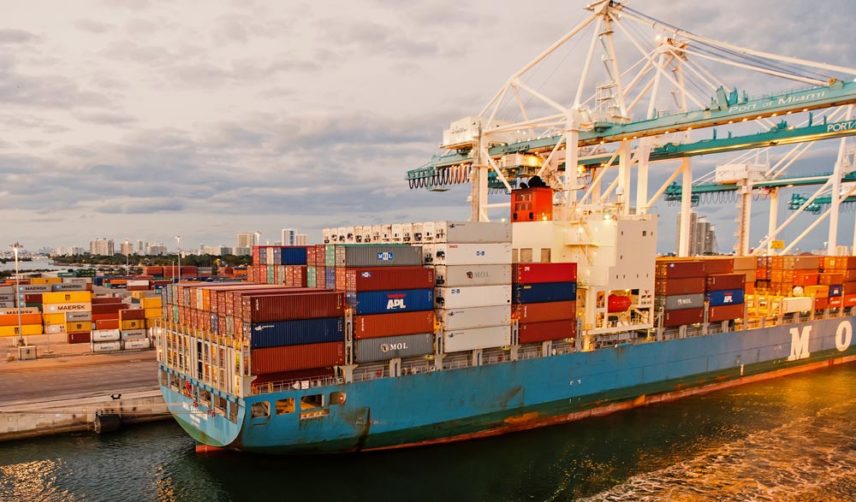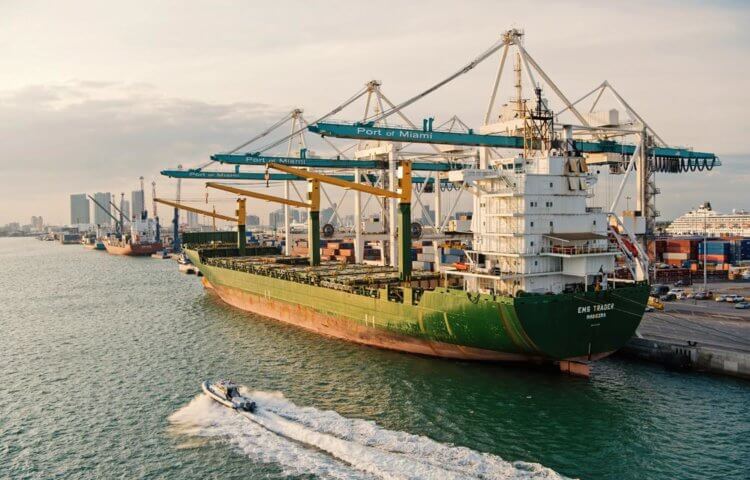 For decades, domestic companies found advantages outside the US, offshoring production capabilities and processes in order to take advantage of affordable labor and other benefits. After years of trending overseas, production is coming back to the US; companies and consumers are increasingly dependent on domestic manufacturing.
For decades, domestic companies found advantages outside the US, offshoring production capabilities and processes in order to take advantage of affordable labor and other benefits. After years of trending overseas, production is coming back to the US; companies and consumers are increasingly dependent on domestic manufacturing.
As reshoring efforts continue expanding, the Coronavirus pandemic adds another layer of concern for US companies weighing the pros and cons of various approaches.
Historic Offshoring Trends
Offshoring is a form of outsourcing, sending manufacturing overseas. The trend typically involves moving part or all of the production process from a highly industrialized region to less developed countries. The practice is principally undertaken to take advantage of lower labor costs in other parts of the world, but offshoring historically helped companies benefit from:
- access to raw materials
- favorable tax laws
- lenient environmental regulations
- fewer mandates for workers
Early offshoring was largely limited to unskilled jobs, but as the trend carried over into the 21st century, skilled work was also moved to other countries.
As offshore regions developed more sophisticated labor resources, IT jobs, and technology positions in software engineering, code writing, chip design, and other disciplines migrated to places like India and Malaysia. Despite the economic benefits of offshoring, the practice poses problems for US firms, fueling reshoring trends currently underway among domestic manufacturers.
Reshoring Responds to Offshore Failures
Businesses typically move manufacturing overseas to save money. According to a publication by Kinkel, et al, Measuring Reshoring Trends in the EU and US, reshoring, or returning some or all aspects of production to the US, occurs when the trade-offs for cost savings no longer present advantages for US companies.
In its 2019 Survey of Global Manufacturing, The Changing Trends of Reshoring in the United States, Reshoring Institute examined some of the factors that influence manufacturers’ decisions to return operations to the US. According to the publication, which surveyed diverse industries, respondents experienced problems in the following areas:
- More than 70% of businesses surveyed indicated they had experienced delays in shipping. In addition, 60% identified production schedule delays as a problem of sourcing overseas.
- Inconsistent quality was a common problem for respondents, with 55% pointing to quality issues overseas.
- 31% of those surveyed shared the view that IP theft is a noted concern, resulting from offshore input sourcing.
Among the reasons shared for engaging in reshoring during the prior year, survey participants identified the following motivational factors for making changes:
- Logistics costs – nearly 70%
- Proximity to markets – 55%
- Risk mitigation – 50%
- Quality concerns – more than 48%
- Latency in the supply chain – nearly 45%
- Time to market – more than 43%
- IP issues – 34%
- Rising labor costs – 30%
Reshoring in the Trump Era
Various factors are at play in increasing reshoring efforts in recent years. Trump administration tax cuts have provided a shot in the arm for manufacturers contemplating reshoring. Although high domestic labor costs and lack of US facilities have slowed some companies’ efforts, the Trump tax cuts made the US more competitive with overseas tax policies, incentivizing reshoring.
The Jobs Act of 2017 represents another proactive move made by the Trump administration, supporting the President’s pledge to bring jobs back to the US. Before the Coronavirus pandemic disrupted the economy, strong job growth was a continuing facet of the decade-long economic expansion experienced in the US. Despite the gains, a New York Times article points to mixed results fulfilling reshoring expectations.

As part of the President’s multi-pronged plan to bring back jobs; tax cuts, relaxed regulation, and tariffs have been touted by the administration as top reasons for recent job growth. Though 2018 unquestionably contributed manufacturing jobs to a US economy showing 2.5-percent growth for the year, Trump detractors minimize the policies’ impact on reshoring.
According to the Reshoring Institute, companies announced plans to relocate 145,000 to the United States during Trump’s first two years in office. The figure represents a record-high number for the Institute’s decades-long reporting but pales in comparison to regular job growth during the country’s sustained expansion. According to some observers, tariff uncertainty, combined with a strong US dollar, Washington dysfunction, and a skilled workforce shortage may have stymied a larger surge in reshoring efforts.
COVID-19 concerns have added another consideration for manufacturers, joining tax reform, global supply chain efficiency, eased regulation, and other factors influencing reshoring decisions.
COVID-19 and Reshoring
Millions of Americans have lost work due to the Coronavirus pandemic. As governors, federal officials, and health experts contemplate reopening the US economy, economic analysts point to reshoring as an essential ingredient for a swift recovery.
Chinese exports are being held up to make sure the Coronavirus does not travel with goods, slowing the supply chain for raw food, food ingredients, and other key imports. As a result of shifts related to the pandemic and its crushing impact on US employment, COVID-19 concerns are making manufacturers and US commercial stakeholders rethink the country’s dependence on overseas manufacturing. Post-COVID conditions may re-ignite the US manufacturing base, increasing job opportunities, and rebuilding domestic infrastructure.
According to experts, bringing jobs back to the US from China may be a vital component during recovery. In addition to stimulating the economy with employment opportunities, the practice would also enhance national security, helping to manage future public health crises.
China is experiencing direct fallout, suspected of hiding the truth about Coronavirus during the early outbreak in that country. It is thought low-interest loans and tax incentives from the US government would help lure jobs back to the United States manufacturing sector, favored over increased dependence on China, following the global health crisis.
While such measures may prove effective in boosting US manufacturing, the moves will likely be secondary to post-COVID realities, shaping how US companies rebound from the pandemic. More important than policymakers’ desire to bring jobs back from China; US companies will have no choice but to rethink their supply chains following the pandemic. Conditions will be dramatically different in the wake of the global event.
The Coronavirus pandemic has put US supply practices in the spotlight, illuminating the country’s tenuous position, concentrating capabilities in one region. The medical industry and other sectors are likely to seek decreased dependency on China, bringing jobs back to the United States. It is thought the unreliable, inconsistent nature of the country’s current supply arrangements will prompt incentives from the Federal Government and spark retraining among American workers – each measure expanding reshoring efforts in the US. From the dark cloud of Coronavirus may emerge a stronger US manufacturing base and better preparedness for future crises.
To learn more about reshoring capabilities, reach out to Assemblies Unlimited.
